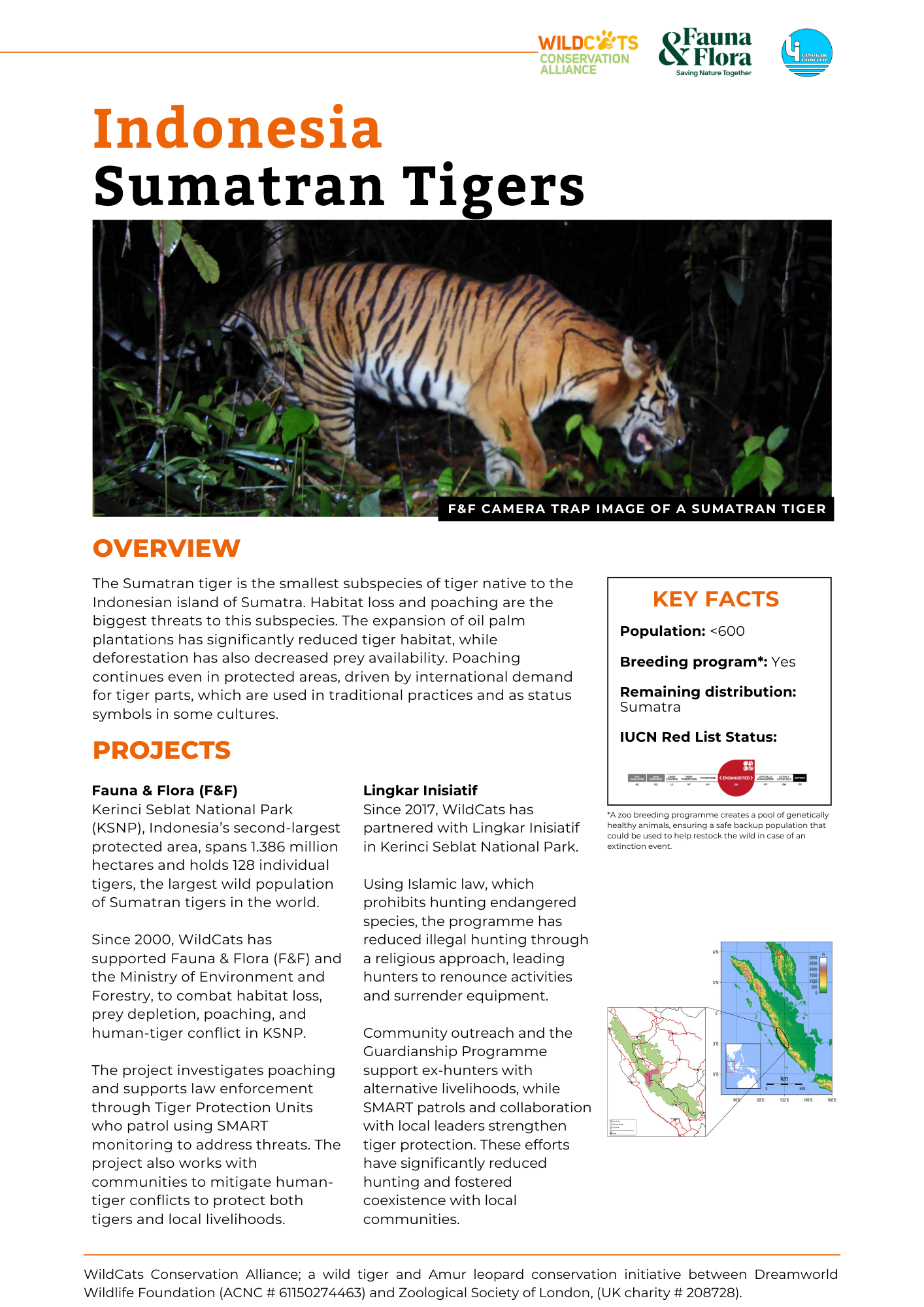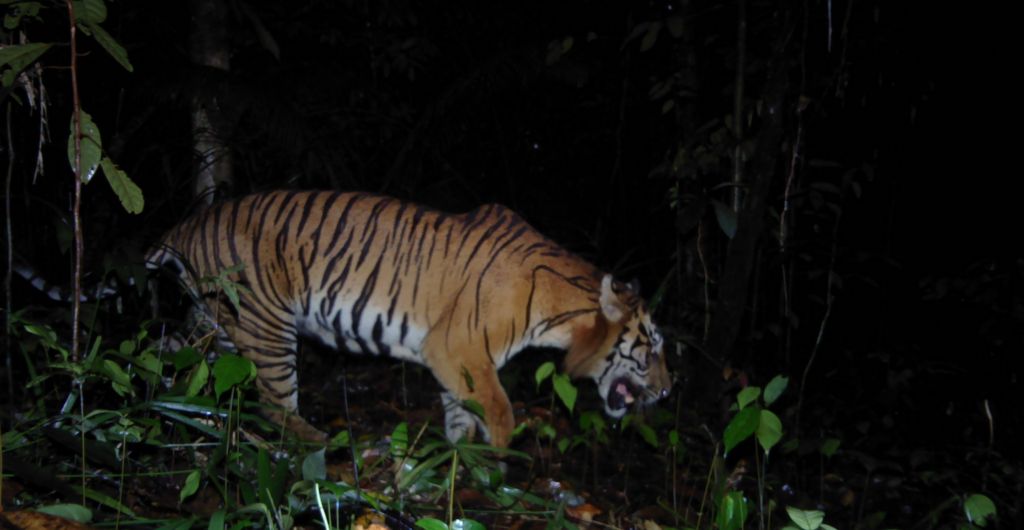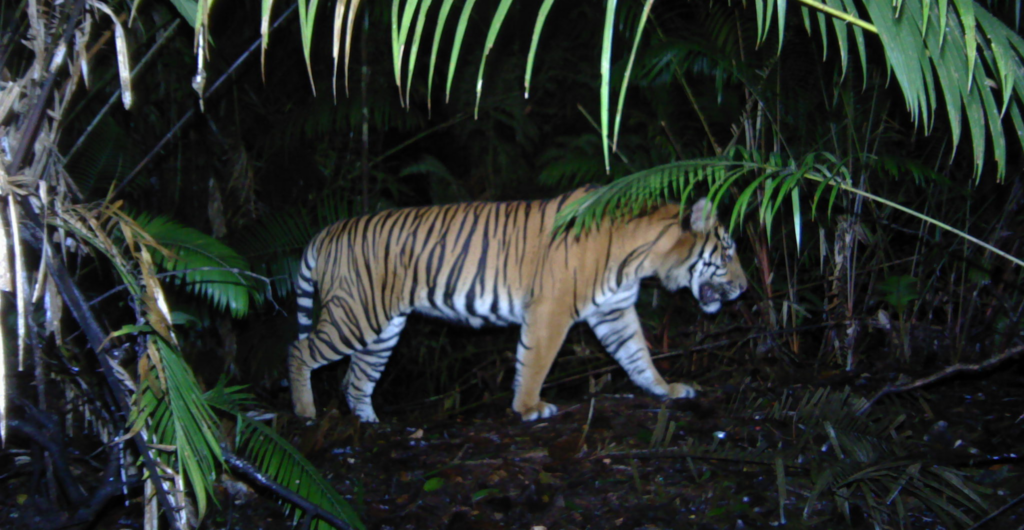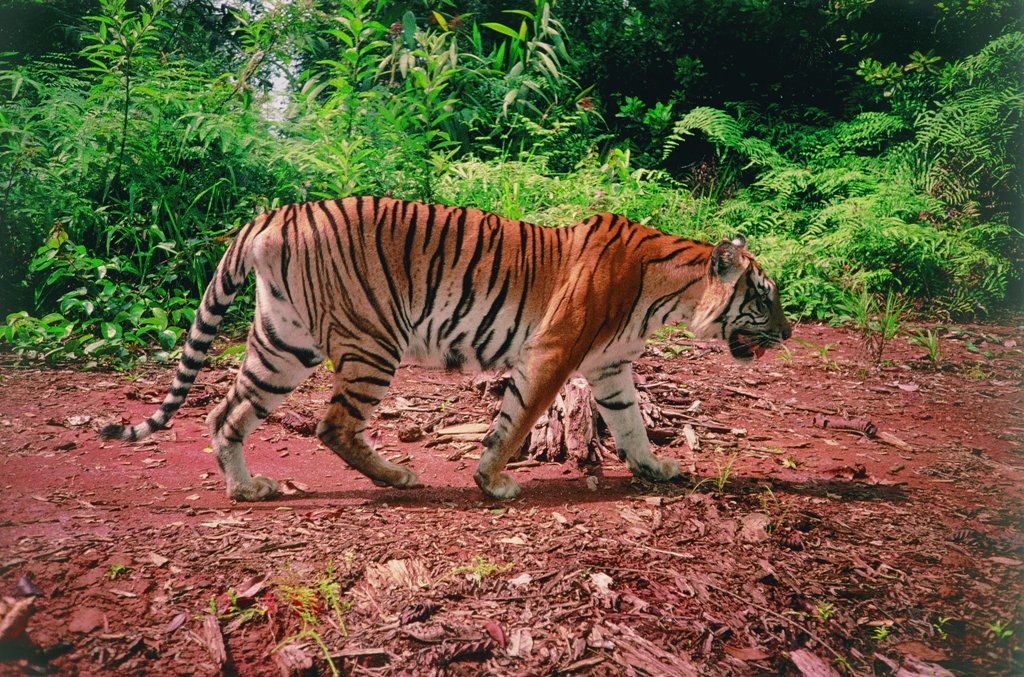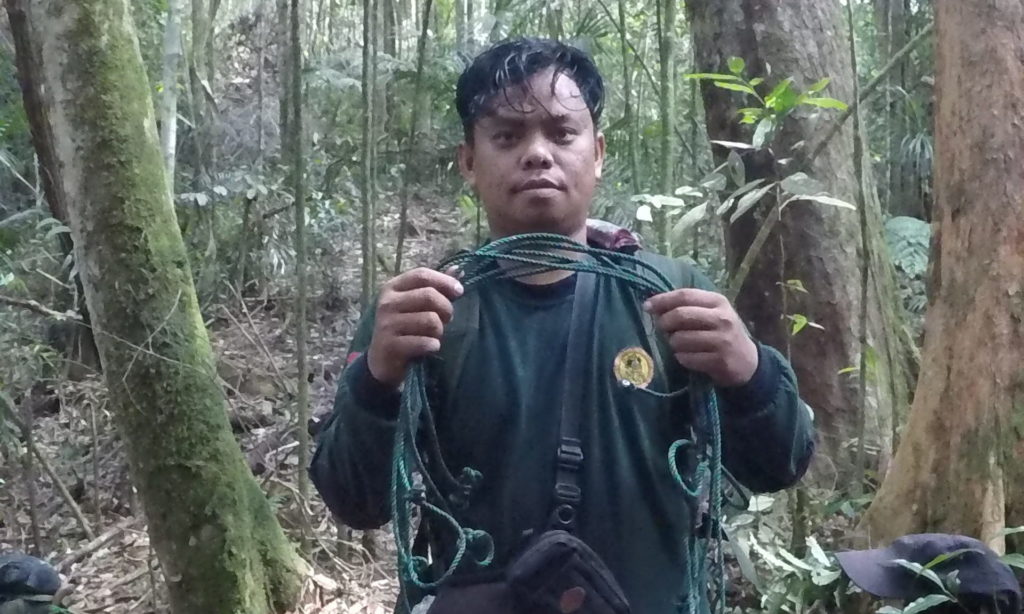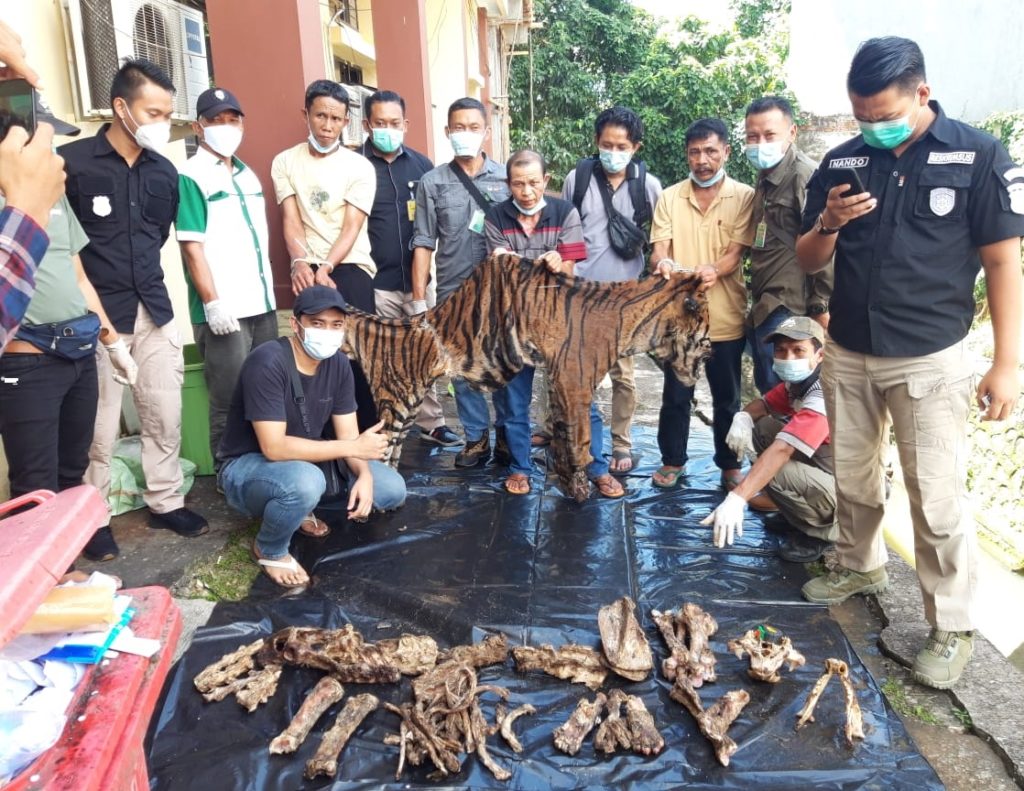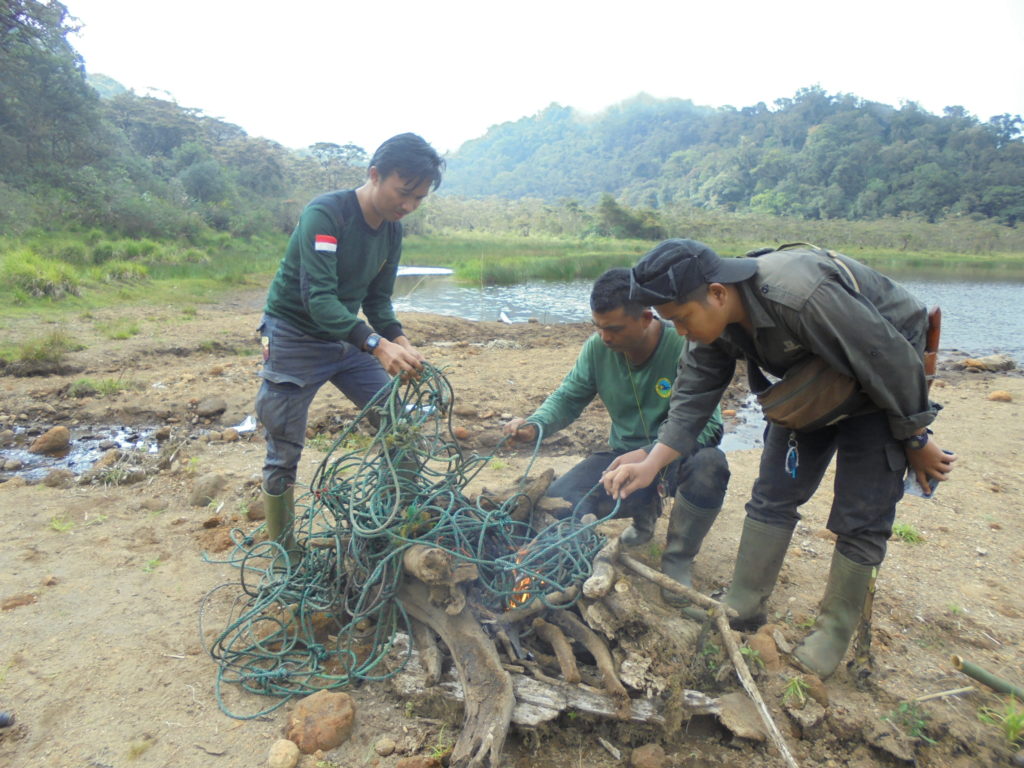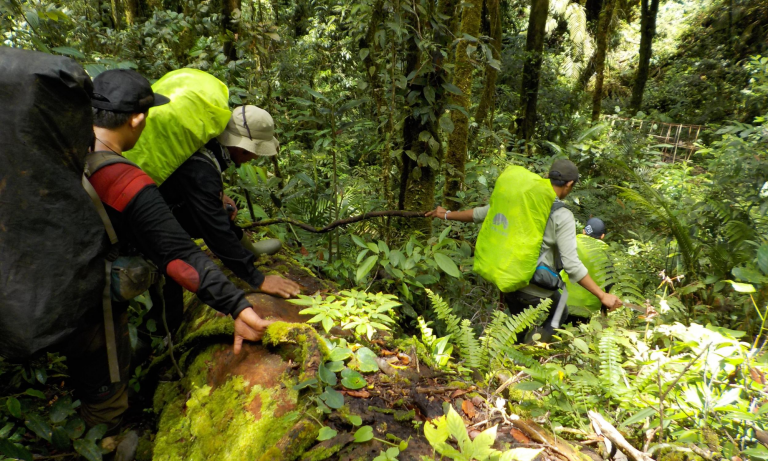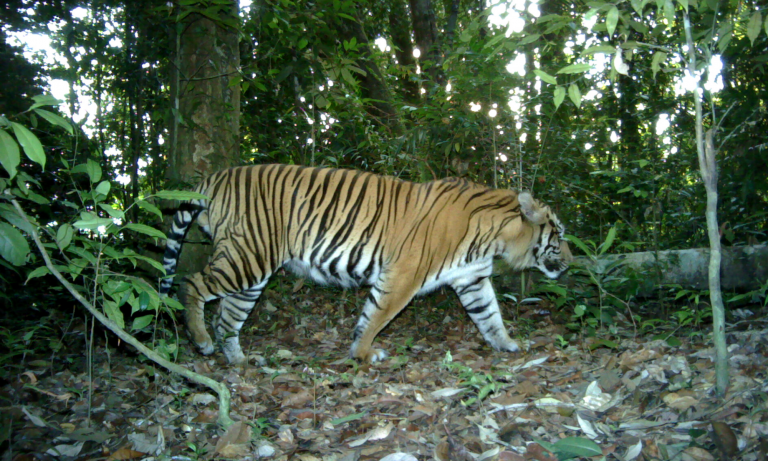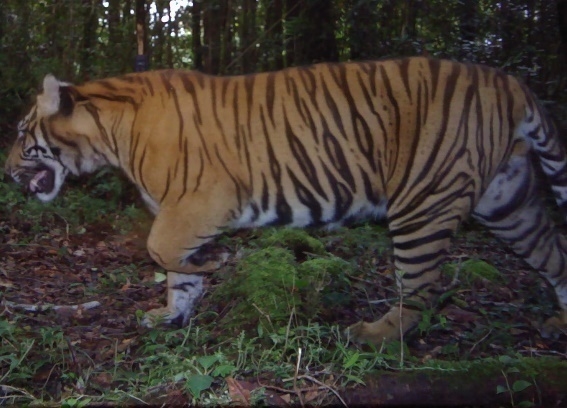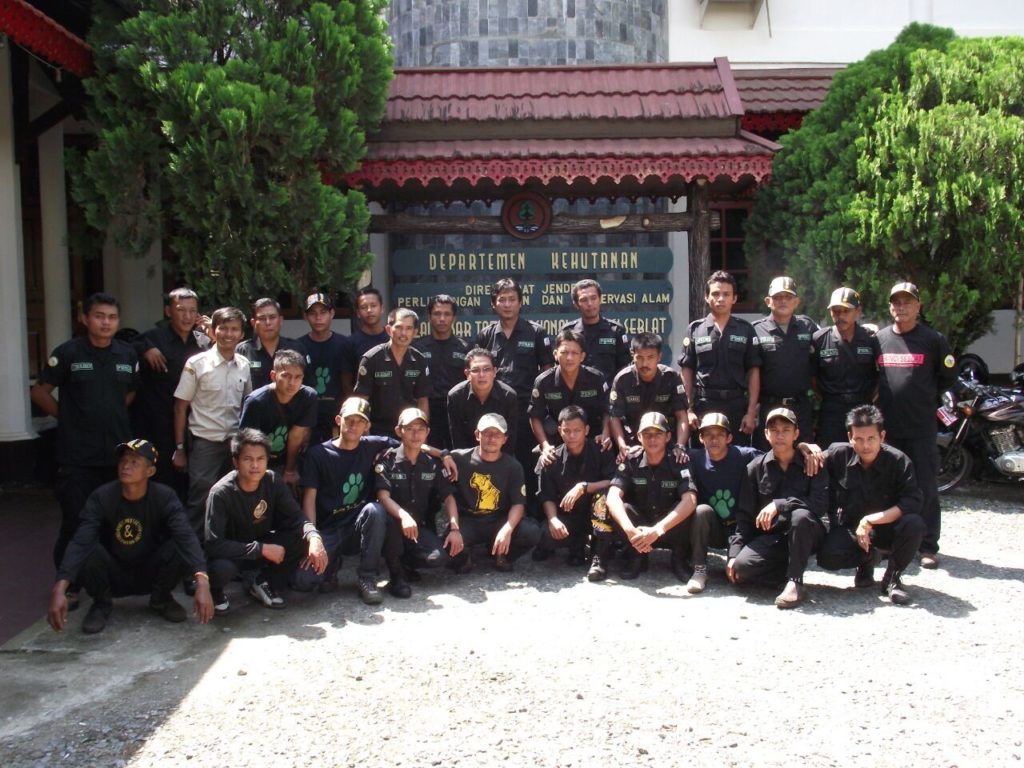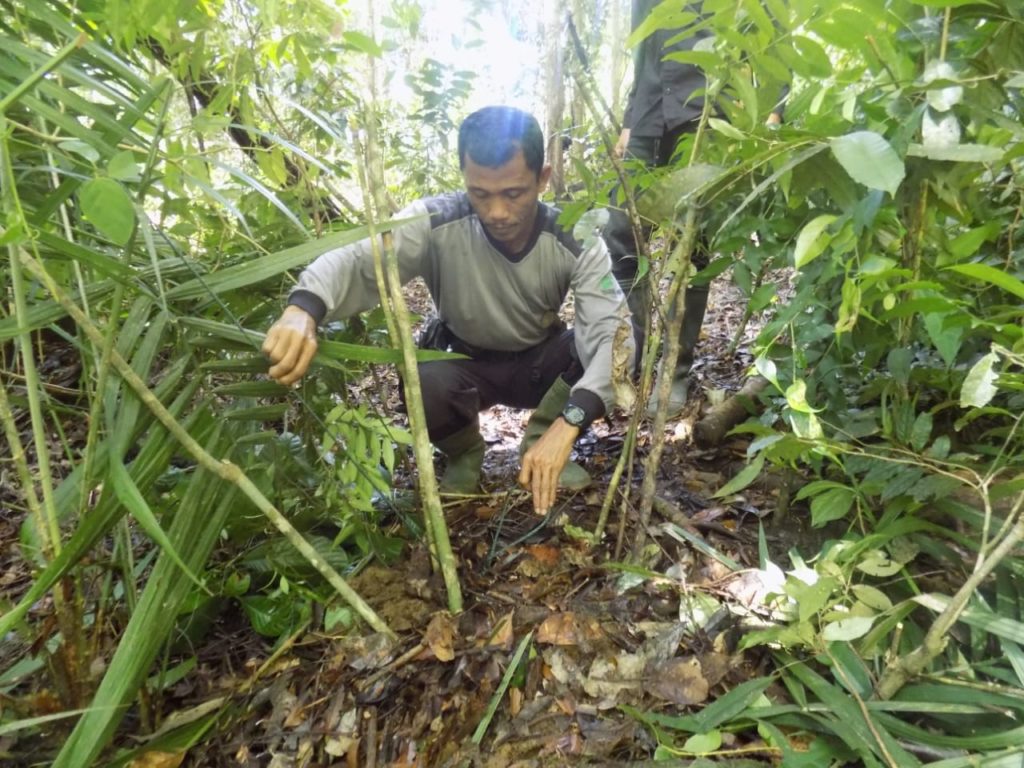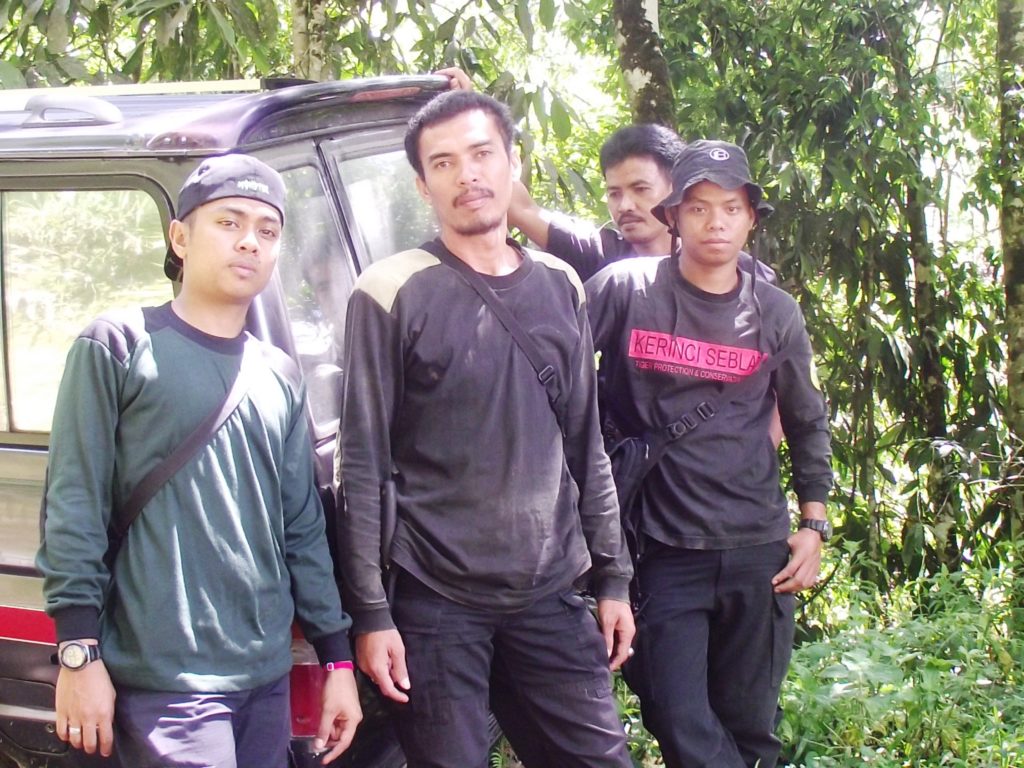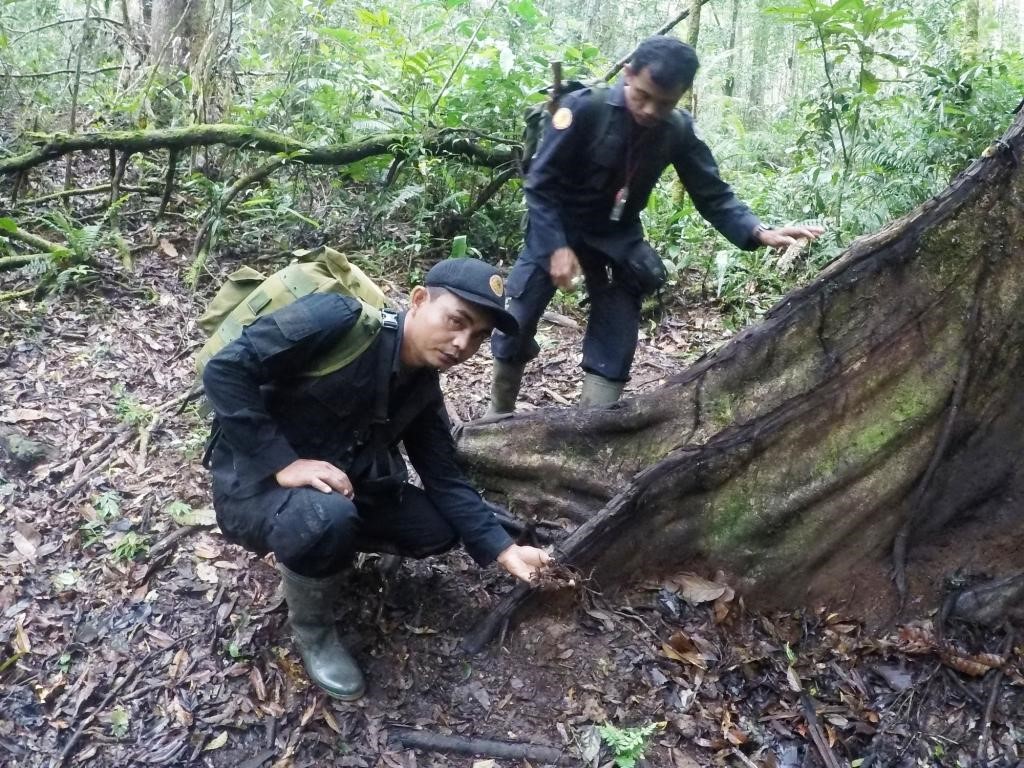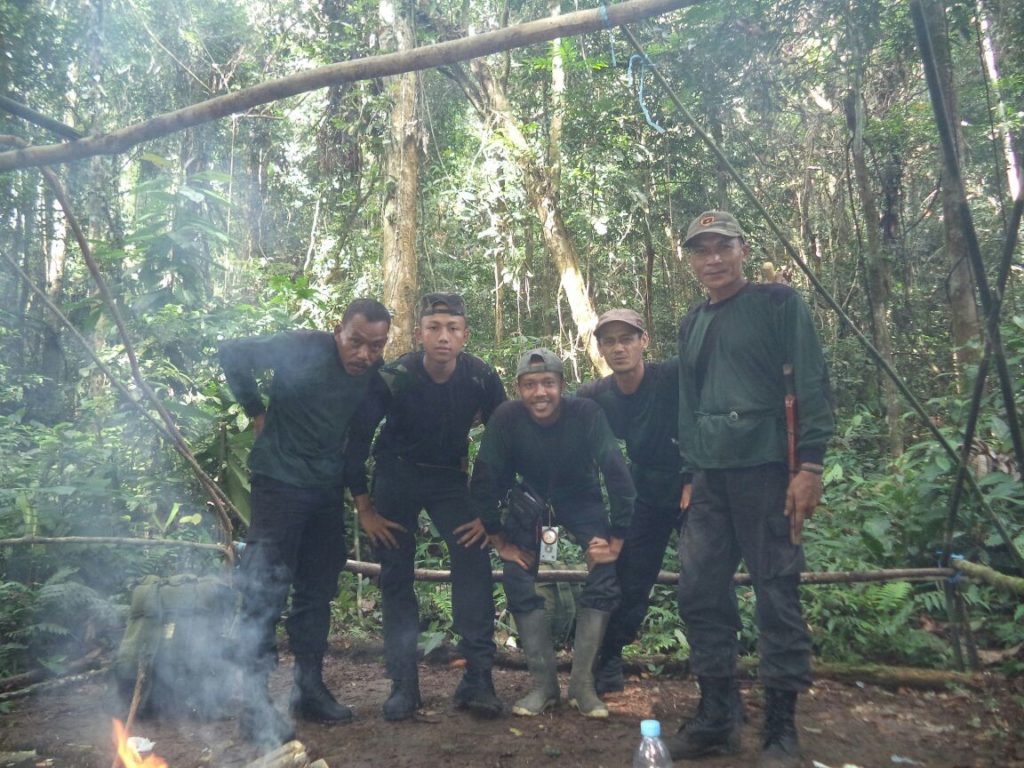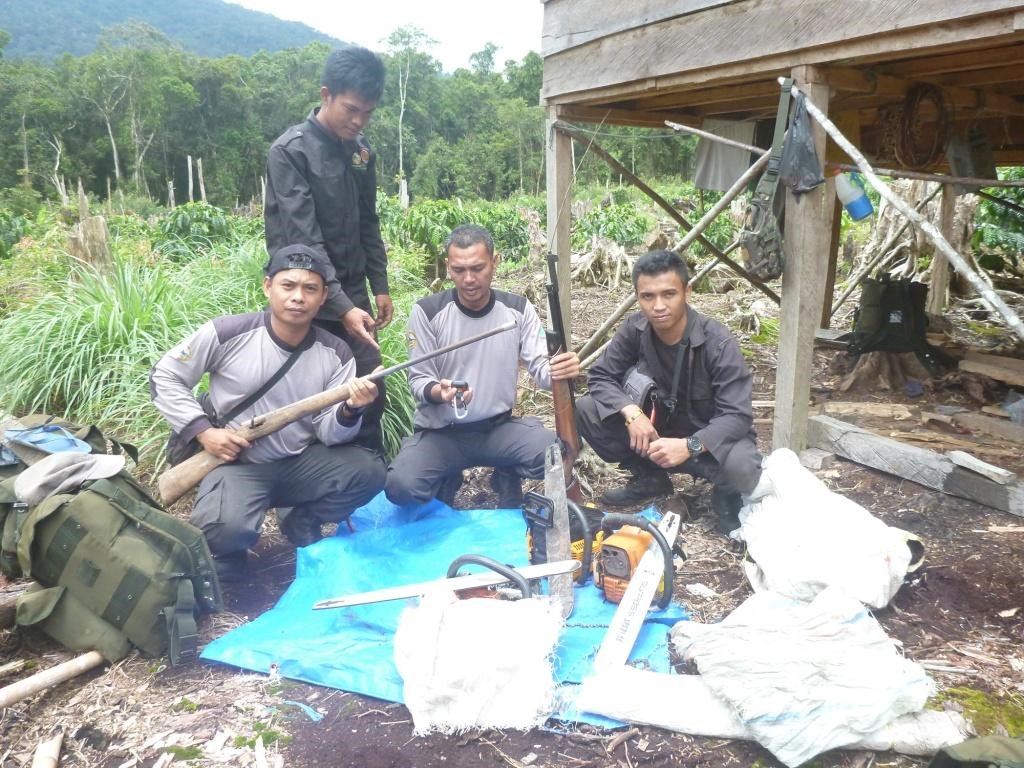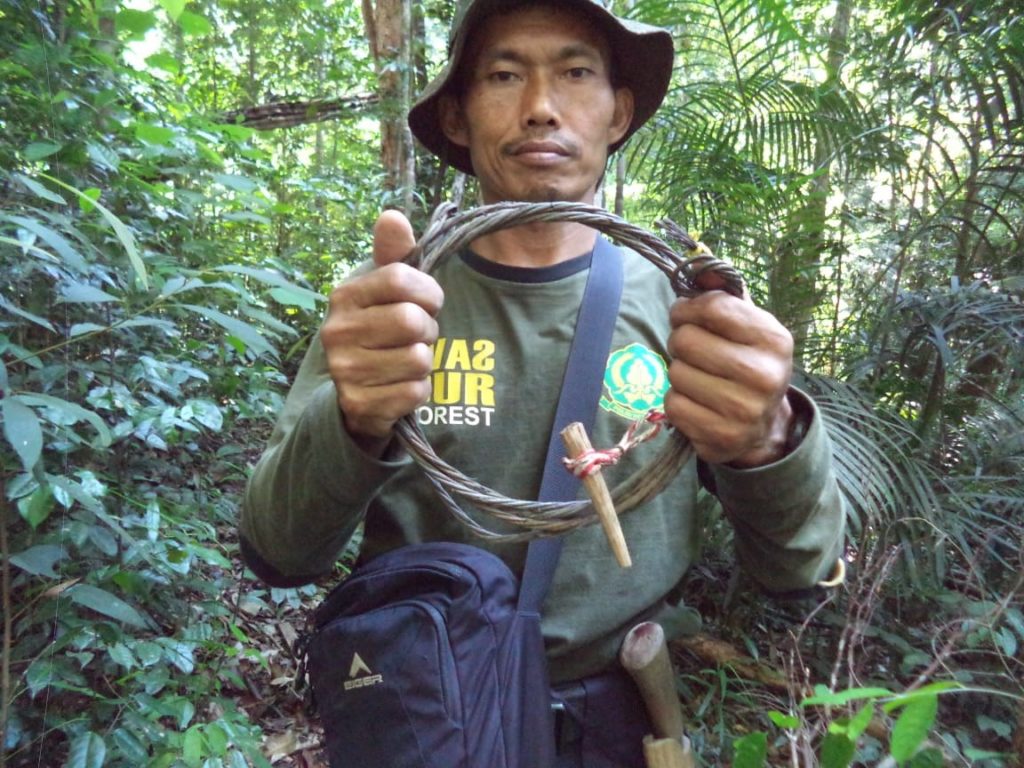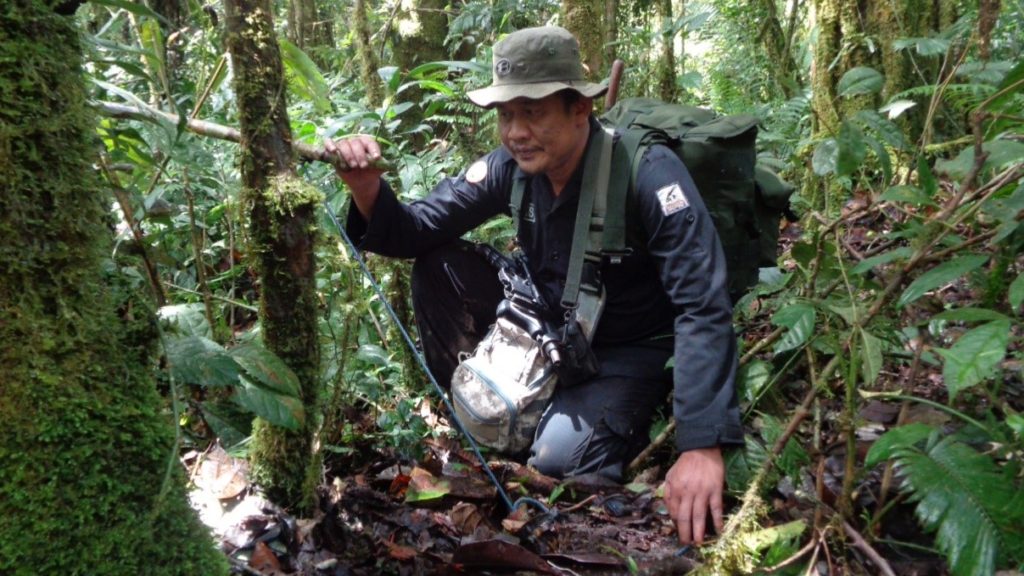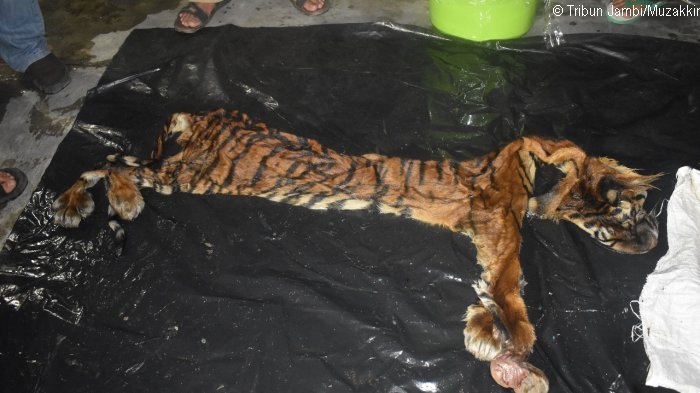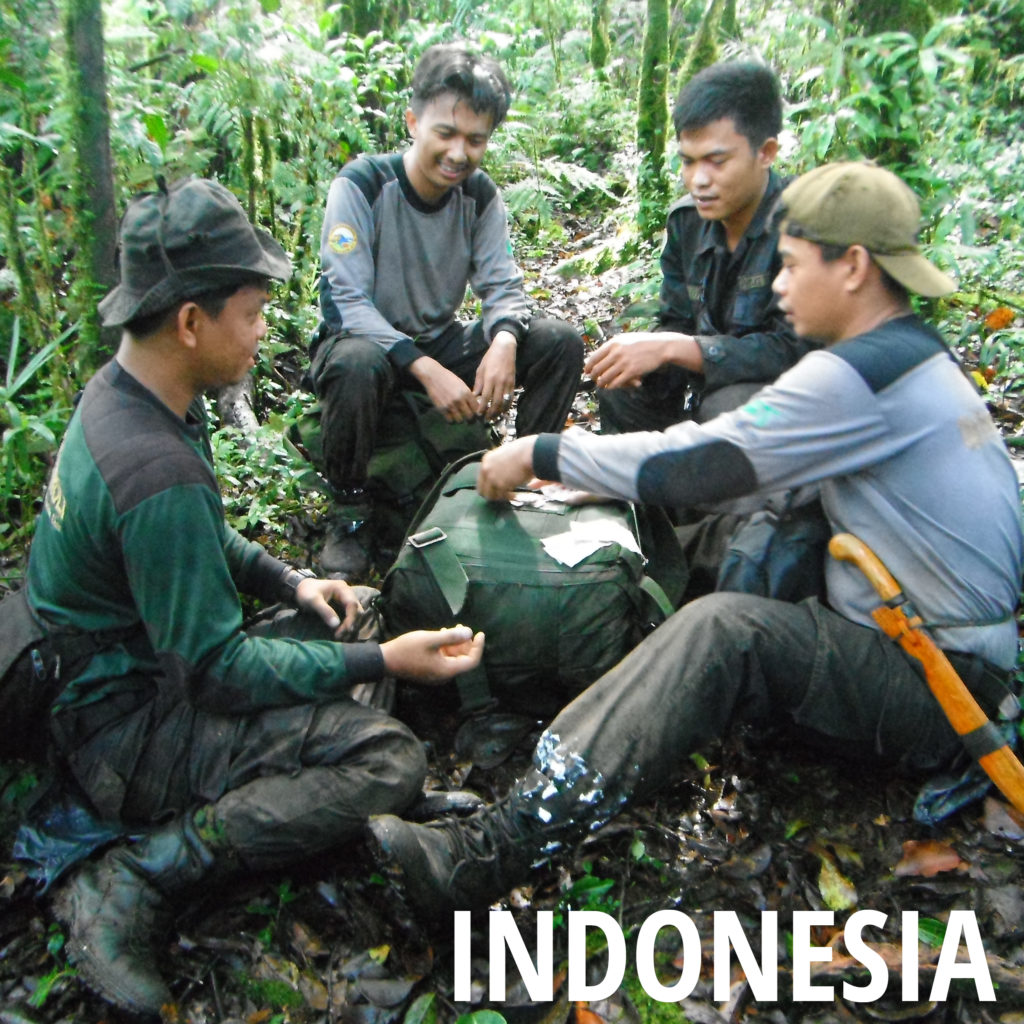Implementing partner:
Fauna & Flora (F&F)
Project name:
Kerinci Seblat Tiger Protection and Conservation Program
Location:
Kerinci Seblat National Park, Sumatra, Indonesia
Goal:
To secure a sustained, natural increase in Sumatran tiger populations in Kerinci Seblat National Park through reduced threat to tiger, tiger prey and habitat, underwritten by effective collaborations between national and local government, local civil society and forest-edge communities.
- Objective 1: Detect and contain direct and indirect threats to Sumatran tigers.
- Conserve and protect wild Sumatran tiger, their prey, and habitat, to support a natural increase in tiger numbers.
- Objective 2: Investigations identify poachers and IWT traders, their networks, and trade routes.
- Support law enforcement where evidence is available;
- Monitor the wildlife black market for changes in demand.
- Support adaptive strategies to counter any increase in threat.
- Objective 3: TPCUs conduct fair and appropriate law enforcement while on patrol or by partnering with other government agencies outside the national park.
- Leverage reduced threat to tiger, prey, and habitat by deterring tiger and other wildlife poachers and other forest crime.
- Objective 4: Respond swiftly to and mitigate reported human-tiger conflicts. where possible before livestock predation has occurred.
- Use nationally approved conflict mitigation protocol to protect both tigers and forest-edge community livelihoods.

